Teaching English at a distance
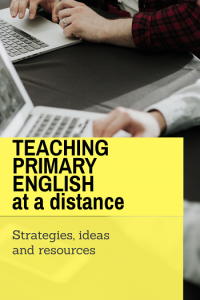
Introduction: the changing context
As teachers and schools learn to take account of the pandemic, it has become clear that this crisis has challenged teachers worldwide to consider schooling in a rather different way. The curriculum and the activities used in traditional classroom environments are not enough to guarantee effective learning when children are not under the eyes of their teachers. A different approach has become necessary.
Of course, many primary teachers have, for many years, attempted to provide learning activities for their pupils to carry out in their homes. This has usually been known as “setting homework”. Setting homework for primary-aged children is not a legal requirement for schools, nor are parents under any obligation to make their children complete homework. Indeed, the evidence concerning the educational benefits of homework for primary pupils is not all that positive.
Recent research into homework in primary schools (Medwell & Wray, 2019) has found that teachers were not certain of the reasons why they set homework for their pupils. Sending books home for children to read with their parents was the most popular homework activity, although even here it seemed not to be the case that this home reading informed the reading teaching carried out in school. Another popular homework activity involved the sending home of worksheets and practice questions, but again this was rarely integrated with classroom-based learning, largely because pupils seemed to receive very little feedback on what they had done.
The picture which has emerged of homework in primary schools does not, therefore, seem to offer a useful model for the necessarily more involved, long-term and important task of teaching primary pupils at a distance. This needs some rethinking if it is to be truly useful.
Moving forward
We will now move on to look at some possible applications (apps) for use in distance learning at primary level. We will assume that some basic learning experiences will be carried out on a regular basis as a background to the possible use of these apps – for younger primary children this will obviously include giving them regular reading practice, probably overseen by a parent or older sibling.
The apps we have chosen have in common that they encourage what we described earlier as a “more interactive approach”.
Use Explainer Videos in the Classroom.
In many ways, video has become the learning technology of recent years. There are millions of tutorials on Youtube and other platforms, and for many adults who wish to learn how to do something new (from plumbing in a washing machine to changing the battery on a mobile phone), Youtube will be the first place they look. There is something very powerful about video in learning, and this power can readily be extended into more organised forms of education. Explainer videos are very important in this.
- An explainer video is a short or long-form video used to explain a concept or concepts. What are the benefits of explaining things through video?
- Children tend to be more familiar with technology than most teachers, so take advantage of this fact to show them new opportunities for learning.
- Explainer videos can be used and shared multiple times. Learners do not have to make a huge effort to learn what they are watching, as they can always watch it again later.
- Interactive lessons attract children’s attention and help them remember material better.
- Explainer videos and lecture videos can be tools for providing personalized and more complex feedback.
- Recordings allow teachers and children to explain either instructions or assignments more clearly.
![]()
One of the most popular apps for producing explainer videos is Explain Everything (available for the iPad, Chromebook, Android tablet, and any web browser).
Making an explainer video using this app is actually so easy to do that the obvious next step is to get your pupils to create their own Explainer Videos.

An alternative to Explain Everything is My Simple Show. This allows teachers and pupils to produce simple educational videos in minutes. As Albert Einstein is reputed to have said, “If you can’t explain it simply, you don’t understand it well enough”.
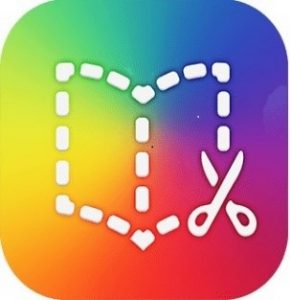
Moving away from the emphasis upon video presentations, a very useful app is Book Creator. This is a simple tool for creating digital books. Again, teachers can use it to create their own teaching resources or they can involve your pupils in making their own books. Pupils can create: Interactive stories, Portfolios of work they are proud of, Research journals, Poetry books, Science reports, ‘About me’ books, etc.
This gives them experience of writing for an audience beyond the teacher, which can be extremely motivational. (One of the benefits of this app is that, if pupils are not confident writers, they can record their voice instead. Talking books can be just as motivating.)
They can also collaborate with their peers to produce a shared outcome, which can be published on the Internet so schools and children around the world can see it.

This is very simple, and rather clever, software to help teachers and children alike design presentations of all kinds. Even the free version contains many templates, photos and graphic elements. Most primary children will be able to use this productively. For a quick example of what can be done, see below (which took me all of 2 minutes to design!)
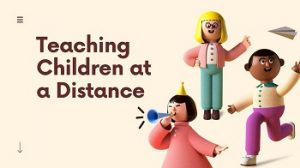
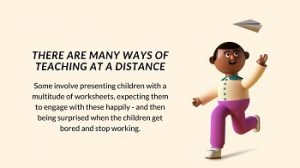
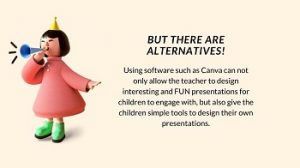
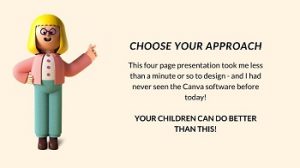
https://plasq.com/downloads/comic-life-desktop/
As a fundamentally visual medium, comics can provide scaffolding for pupils’ reading and writing, bringing together visual and text based learning. Students can create a one page comic illustrating a concept or a more complex multipage storyline in Comic Life. Incorporating photos and drawings in their narratives is a fun way for them to appreciate narrative, demonstrate understanding and be creative.
Comics are a good intermediate step to more complex concepts, and creating comics in Comic Life is so easy it feels like a game. Students can use templates to get started and are free to create using their own images. To show how easy the system is, here is a one-page comic we made ourselves. It took about 7-8 minutes to produce this!
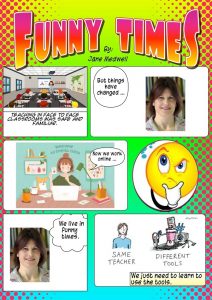
If at first you don’t succeed, you can easily try, try again
Comic Life’s easy-to-use interface means children can “try out” words, language, or stories, see how they work, and then easily change or fine tune them. It means that children can experiment without setting anything in stone, see results in real time, and then improve immediately what they have created. Once they have a final version of their comic it is easy to share using the export options: to PDF, images, printing etc.
A SUMMARY OF KEY POINTS
- Teaching and learning at a distance require a rather different vision of education from the traditional model of the teacher as expert at the front of the class.
- Interaction and discussion are very important features of a new vision of teaching and learning.
- There are numerous apps available to support children in their learning at a distance.
- These apps provide learners with meaningful ways to read and write, which will be engaging and motivating.
REFERENCE: Medwell, J. & Wray, D. (2019) Primary homework in England: the beliefs and practices of teachers in primary schools. Education 3-13. Vol. 47, (2), 191-204.

